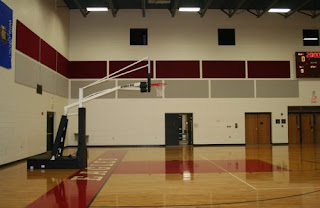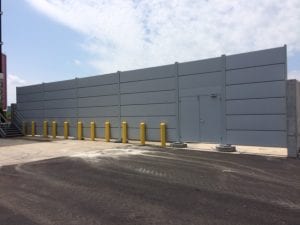Some advice for creating a sound proof ceiling
If you are trying to create a soundproof ceiling, your approach to the chore will depend on whether you work in single story building, with no rooms above the ceiling on which you are working, or any room on the upper floor. If you are working on a ceiling that has a room above it, you may consider creating a sound proof board or ceiling with the utilization of resilient bars.
Floating soundproof ceiling
By utilizing resilient bars in making a soundproof ceiling, you will basically be constructing a new plaster board or ceiling under or in the position of an existing one. The resilient bars and plastic board should be utilized with some other sound deadening material such as soundproofing mats, acoustic mineral wool and acoustic membrane to ensure low frequency sound transmission.
You may remove the present ceiling and fill the open area with acoustic wool, and attach the resilient bars so that they are perpendicular to the old beams of the ceiling. Place a single layer of plaster or fibreglass board against the bars, fasten it with screws, and layer it with the soundproofing membrane or mats. Then attach the second layer of the plaster board.
Dropped soundproof ceiling
If you have decided to just drop your soundproof ceiling from the current one, attach battens perpendicular to the beams of the ceiling, fill up the gaps between the battens with acoustic mineral wool, and then replicate the procedure for the floating soundproof ceiling.
Either of these methods should be in use during noise complaint hours to efficiently deaden the sounds of upstairs footsteps. You also have the choice of installing acoustic ceiling tiles or spraying the ceiling with the acoustic foam. This method for creating soundproof ceiling is specifically very efficient in office buildings and multi-story apartment.




Comments
Post a Comment